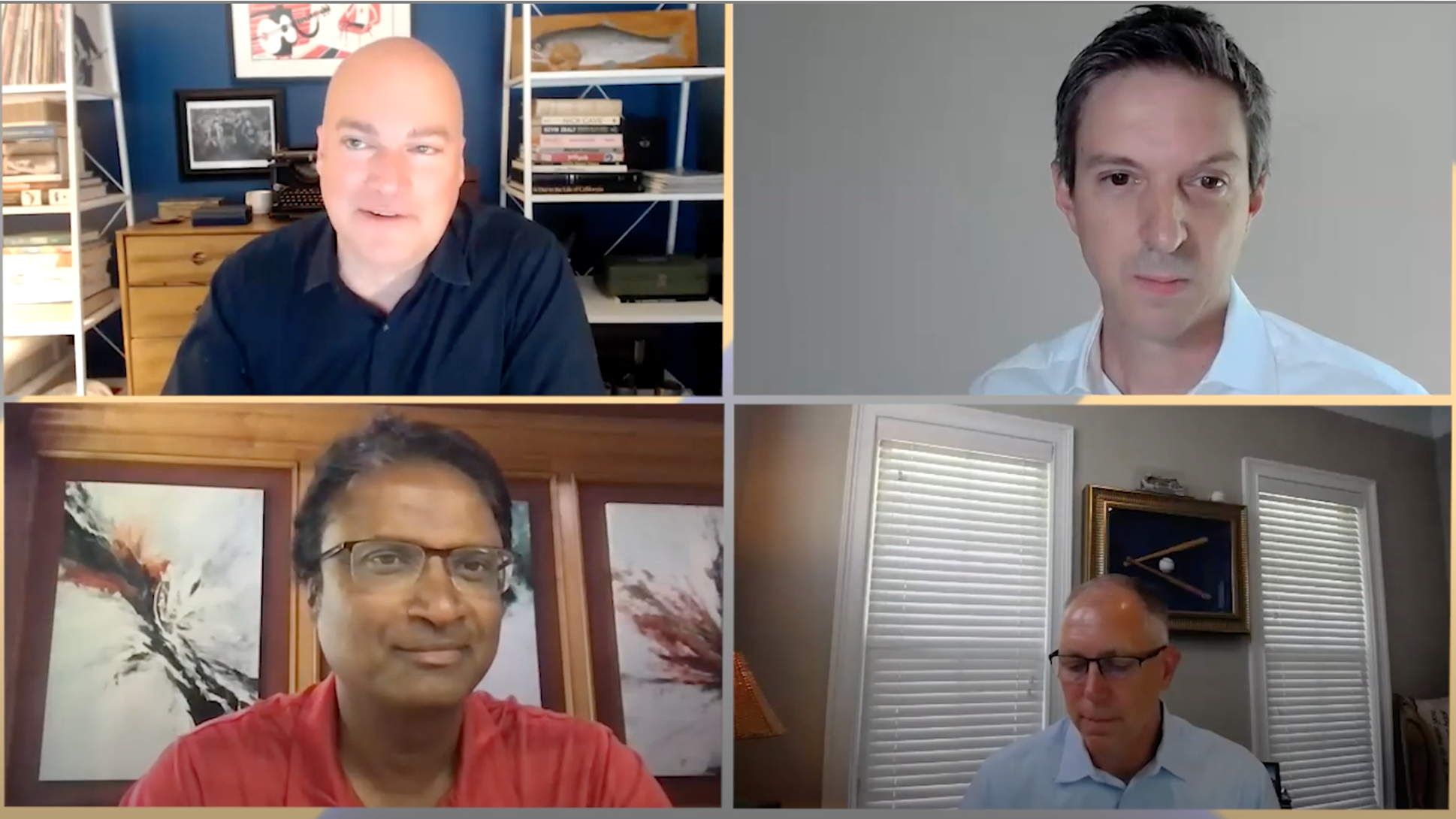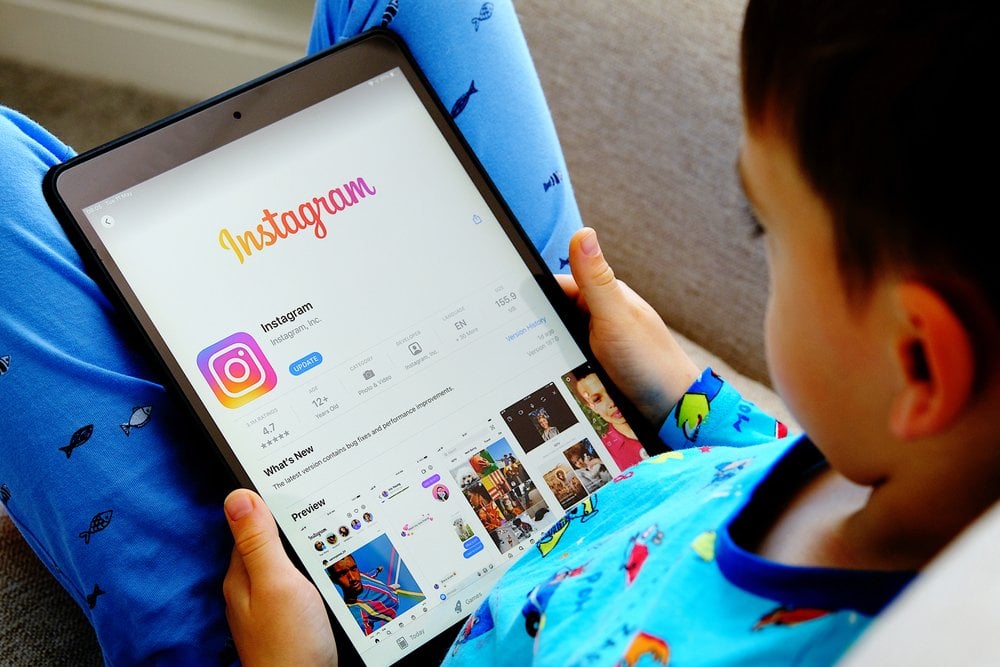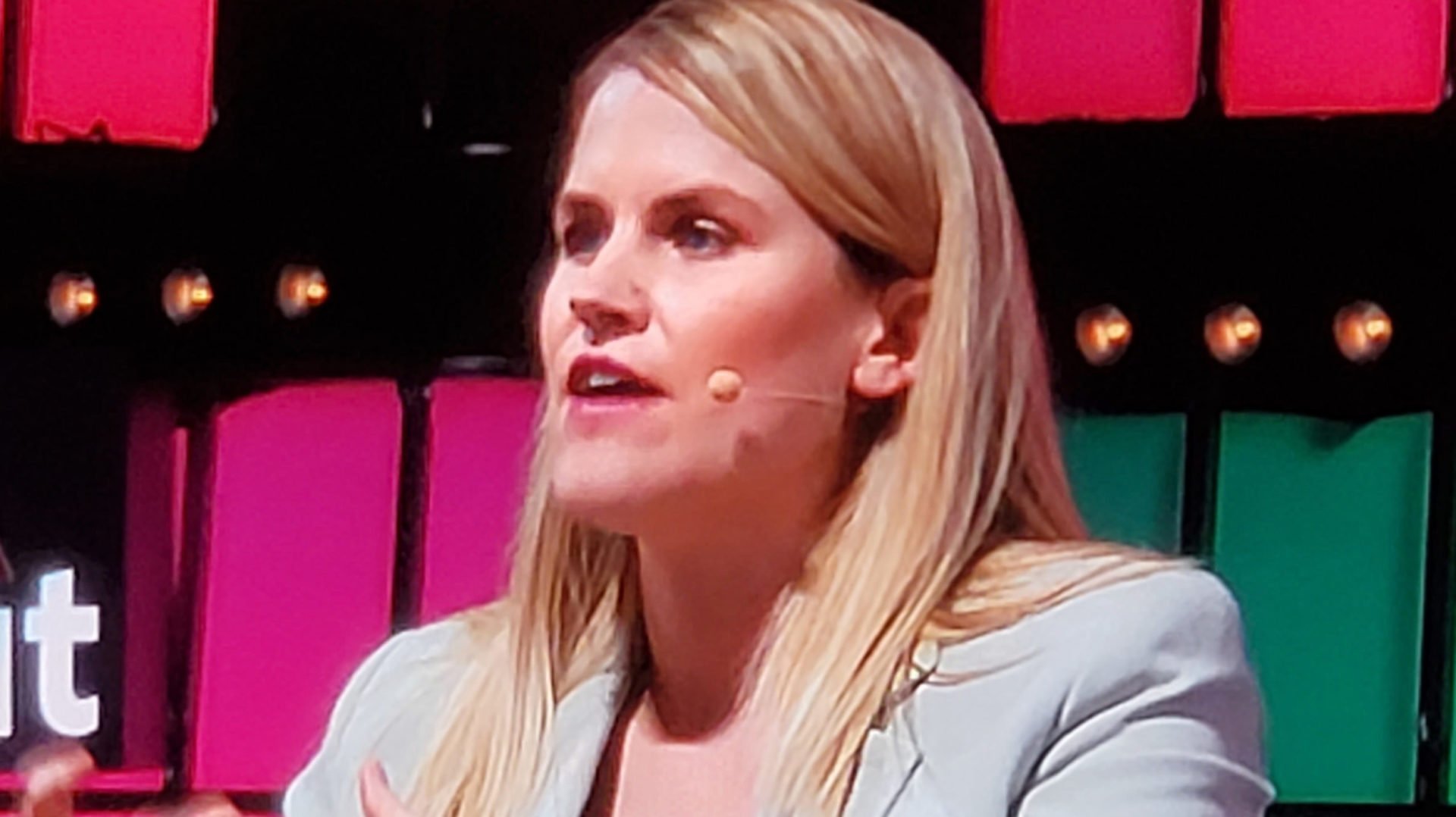In this 10-minute talk from Techonomy 2011 in Tuscon, Ariz., Bertil Chappuis, Senior Partner at McKinsey & Company Inc., outlines five US trends in mobile, social media, video, and communication that were identified by iConsumer, the company’s consumer insight asset.
Chappuis: I’m going to talk about the iConsumer. iConsumer is a knowledge asset at McKinsey which involves 100,000 consumers in 15 countries. We’ve been doing this for four years now, and what I’m going to do today is share some of the latest insights we’ve gotten. The data you will see here is US data. It’s literally been cut this past week. We took a sample—in the US we have 20,000 consumers. We took 12,000 of them to be able to give you some of the insights for this session. Fifteen countries in terms of the broader survey, including China, India, nine countries in Europe and Brazil.
I have 10 minutes to go through five very big trends, so I’m going to go fast.
The whole point of iConsumer is that it is a broad, cross-cutting view of digital consumer behavior that we couldn’t find in order to serve our clients so we went out and did the primary research ourselves. Let me quickly run through them and then go into the data.
We’re finding mobile is really finally creating the true personal computer, and we’ll show you some data that’s really surprising in terms of how people actually use smart phones, tablets, etcetera. On social, it’s going beyond connection and the social graph to a way to find content and to actually transact; communication, as you know, is changing dramatically, but I’m going to show you some numbers with the actual shifts on the cannibalization that’s actually going on between social, texting and other forms of communication; commerce is—especially with the mobile phone, we’re finding big, big changes in the way people are actually purchasing and researching products; and video, which is becoming multi-platform and rapidly accelerating.
So on mobile, just basic facts here to ground the conversation. At this point, 50 percent of Americans have a smartphone. I think we all know that. Now, it’s interesting that when you ask people how they use these phones you find that a quarter of people are actually doing things like email and browsing even in the presence of a computer. They actually prefer the device, the mobile device, to do these types of activities, and it’s becoming a Swiss Army knife of the digital world. There is massive growth in all of these activities. Very, very robust growth, as you see from last year to this year in everything from gaming to shopping and research. It’s truly a personal device. If you compare—when you ask people whether they use—whether I only use this device—when you compare desktop or laptop with a smartphone, a smartphone is 50 percent more personal than a laptop. And we also see it in the viewing behavior, so if you look at video and Internet usage on a mobile device—and this includes—so this is smartphone. I’ll talk about the tablet in a moment.
Sixty percent of video usage, 60 percent of Internet browsing actually happens in the home. So they’re not really mobile. Mobile is actually an important aspect of it, but they’re really personal, and we think this has a lot of implications for the types of services and experiences that companies need to build for. And you see it when you go into a house and you see a family sitting in the living room and everybody is looking at their device and experiencing their own version of whatever it is they are looking at.
The iPad has its own set of dynamics as a mobile device. We found 62 percent of iPads are actually—don’t leave the home, and 70 percent of the usage is in the living room, and 70 percent is a lean-back experience versus a lean-forward experience. And it’s finding its way into a lot of places in the home that—where we didn’t have computing in the past. Now, the PC industry tried to get a device into the living room for 20 years, right? Well it’s here.
Now, most of you have probably seen the pretty big declines in PC—consumer PC purchases in the last few quarters. You know, this is part of the reason. If you look at net intent to delay purchase of a PC—so how many people plan to delay purchase versus accelerate purchase, the net effect of that between the overall population and tablet owners there is almost a 10-percentage difference. So folks who have tablets are significantly delaying their purchases of PCs. Now, they’re not doing away with it, because a PC, in my view, is going to be an input-output device in the home and it has a role to play and it is probably here to stay for a very long time, but even that delay in the purchase is having very dramatic impact on unit volumes. That’s impacting a lot of companies in the PC ecosystem.
Now, on social, we’re continuing to see massive growth in social on the PC, and now on the mobile, in a very dramatic way, and a lot of that usage is actually very frequent usage, as you can see from the graph. Regular users make up a bulk of that. And one of the big shifts we are starting to see—we started to see this a couple of years ago, but it’s really starting to accelerate—is that people are going beyond connecting and using social as a way to find deals, news, products and services. It’s becoming a broader content and commerce platform. These graphs show what we call the “communication portfolio,” so all of the different communication vehicles for an individual. What you see here is the progression of usage across social, voice-over-IP, landline, mobile, email, text, and you see the dramatic growth in social, and the only other category that is growing is voice-over-IP. Everything else is actually shrinking as a proportion of minutes of use. And we can’t go into it today, but we’ve actually gone into all of the questions on cannibalization and there’s very direct cannibalization. This obviously has huge implications for the traditional wireless and landline players.
And if you look at cohorts, age cohorts, very dramatic differences, not only in terms of the absolute minutes of use, with the under 35 cohort communicating almost at twice the rate in terms of absolute numbers, but then also in terms of the breakdown, with social playing a massive role relative to the older demographic.
And then on the commerce side, if you look at products that have been researched online versus purchased online, we have a group of industries that we call “gone digital,” things like, as you would expect, games, electronics; a group of products that are in the—we call it “digital battleground,” so things like clothing, so Zappos, et cetera; and then still in-store—groceries—Webvan never quite took off. Even in the last year, we’re seeing a very, very significant shift to the right here. So what we call the “consumer decision journey,” how people research, shop and the after sales experience that consumers go through, is becoming extremely complex and digital. I’m going to show you one set of data on what people are doing in-store on their smart phones. This is by category of product. So for people who bought products in these categories, the percent that researched the product online, the percent who researched them on mobile devices. So already 60 percent of people are researching a hardware or software purchase online and 20 percent are doing it on a mobile phone, and that mobile activity is coming up from nearly zero two or three years ago, so it’s a massive uptick. And this again is creating a lot of new dynamics that companies need to deal with. If you look furthermore at people who actually researched—the folks who researched on mobile, that 20 percent, for example, for hardware/software, how they researched. So if I’m at Best Buy, a quarter of people are actually looking at the Best Buy site, but they are equally looking at the Apple Store site. Well, actually more, 30 or 40 percent, and 40 percent are using a price comparison app. And these are things that didn’t exist until very recently and they’re already taking off in a major way, so we think this has huge implications on the commerce side.
On the video side, over-the-top-video or IP delivered video is taking off very, very quickly. There we go on video. Video is becoming a cross-platform experience. We are seeing massive increase in over-the-top video, which has huge implications on the pay TV industry.
So that’s my talk. I’ll be around all morning if anybody has any questions and I look forward to talking to some of you. Thank you.
McKinsey’s Bertil Chappuis Maps Five Trends in Mobile, Social, and Video
In this 10-minute talk from Techonomy 2011 in Tuscon, Ariz., Bertil Chappuis, Senior Partner at McKinsey & Company Inc., outlines five US trends in mobile, social media, video, and communication that were identified by iConsumer, the company's consumer insight asset.













